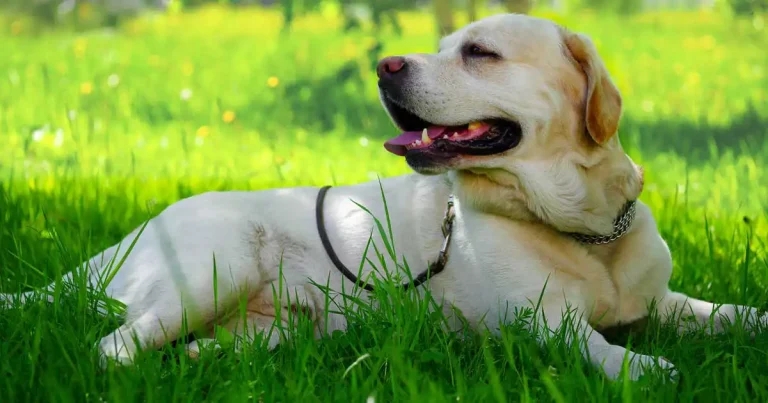10 Jul 2025
Owners who fail to properly protect their dogs from high temperatures could be committing welfare offences, according to new analysis, while a senior vet has suggested purchasers may need to avoid animals with extreme features because of greater temperature extremes.

Image: asadykov / Adobe Stock
A vet and academic has suggested owners may need to avoid acquiring dogs with extreme conformations in the future because of the risk of heat-related illnesses.
New analysis from the Legal Advisory Group on Extreme Conformation in Dogs (LAGECDogs) has warned owners who don’t take reasonable steps to protect dogs from high temperatures could be breaching animal welfare laws.
It also argued that owners of brachycephalic dogs or those with very thick coats have additional legal responsibilities when keeping their pets cool in hot weather.
The message came as forecasters predicted more high temperatures for the UK over the coming days, peaking at 33°C over the weekend in England.
LAGECDogs member and RVC associate professor in companion animal epidemiology Dan O’Neill said the analysis was “a critical tool that links legal and scientific evidence to explain” owners’ responsibilities.
He continued: “As climate change progresses, it may become a legally reasonable step in the future to avoid acquiring a dog with an extreme conformation that predisposes the animal to heat-related illness.”
The analysis said owners in England and Wales could be deemed to have committed offences under the Animal Welfare Act 2006 if they fail to take reasonable steps to meet a dog’s needs, including “a suitable environment”, or by causing unnecessary suffering through failing to provide sufficient shade or water or not removing a dog from a hot environment.
Based on RVC VetCompass programme research, it warned brachycephalic dogs are three times more likely to die than dogs with less extreme conformations if they develop a heat-related illness, which they are significantly more at risk of doing.
Compared with Labrador retrievers, English bulldogs are 14 times more likely to suffer from heatstroke, while French bulldogs are 6.5 times more likely.
Dogs with very thick coats are similarly at much greater risk, with the chow chow being 16.6 times more likely to develop a heat-related illness than the Labrador retriever.
While the analysis set out a range of measures that all owners should take to protect their dogs from heat, it argued that brachycephalic and thick-coated dog owners have a legal responsibility to do more, including more frequent cooling, wetting and monitoring for signs of illness and imposing even tighter limits on exercise.
Exercising in hot weather is estimated to account for up to 70% of canine heat-related illnesses, with the remainder linked to confining dogs in warm environments.
The latest analysis follows a recent study that revealed heatstroke cases in dogs caused by hot vehicles had almost doubled following the COVID-19 pandemic, which sparked a new “wet, then vet” awareness campaign by veterinary and welfare groups.